제품 카테고리
- USB 앵글 케이블 27
- 의료용 케이블 26
- USB4 케이블 11
- POGO 핀 케이블 10
- 방수 케이블 28
- Type C cables and adapter 36
- USB5 케이블 9
- USB 나사 잠금 케이블 26
- 커넥터 및 케이블 12
- 맞춤형 배선 하네스 14
- 허브 17
- 전자 스위치 공급 업체 5
제품 태그
USB extender high-speed hub 7-port expansion dock splitter
How do hub networks work?
Hub networks are a type of computer network that connects multiple devices or nodes in order to share resources, information, and services. A hub network is composed of one or more hubs (central connection points) and all other connected devices. Each device on the network is connected directly to the hub, which acts as a central point for data transmission. Data is sent from one device to another via the hub and can be exchanged between any two devices connected to the hub. In a hub network, all devices share bandwidth with each other, meaning that all resources are available to any connected device at any time. However, this also means that there’s less overall capacity on the network as each node has to compete for access to the same resources. As such, it’s important to ensure that your network has sufficient capacity in order to ensure maximum performance. In addition, this type of network architecture is usually better suited for smaller networks since larger ones can quickly become overcrowded and slow down overall performance.
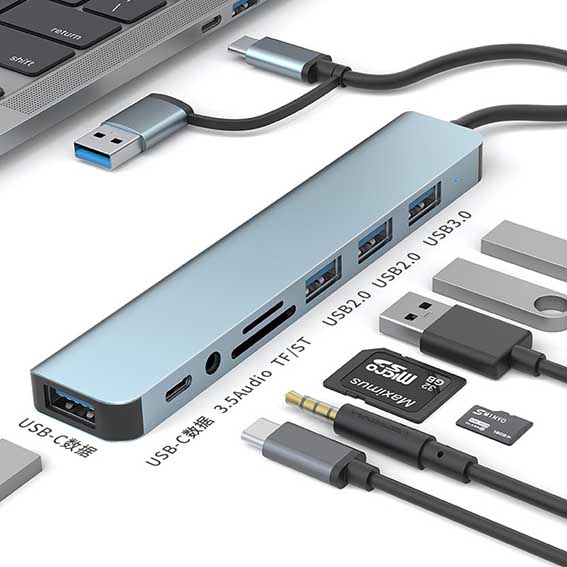
In networking, a hub is a device that links multiple computers and devices together. Hubs can also be referred to as repeaters or concentrators, and they serve as the center of a local area network (LAN). In a hub, each connected device is on the same subnet and receives all data sent to the hub. The hub then forwards that data out to all other connected devices, creating an efficient system for sharing data between users.

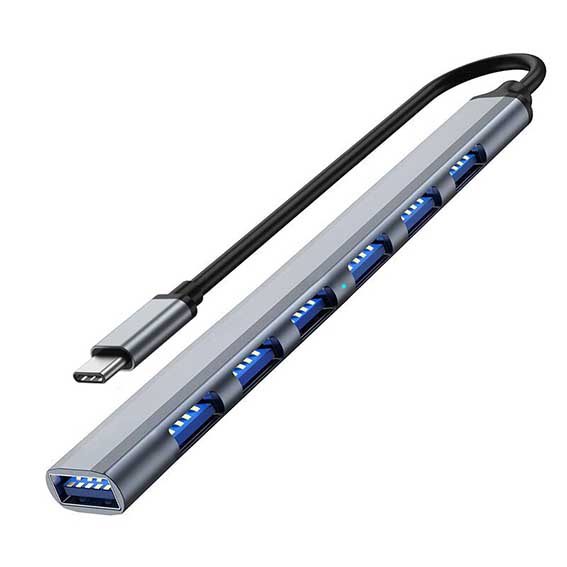
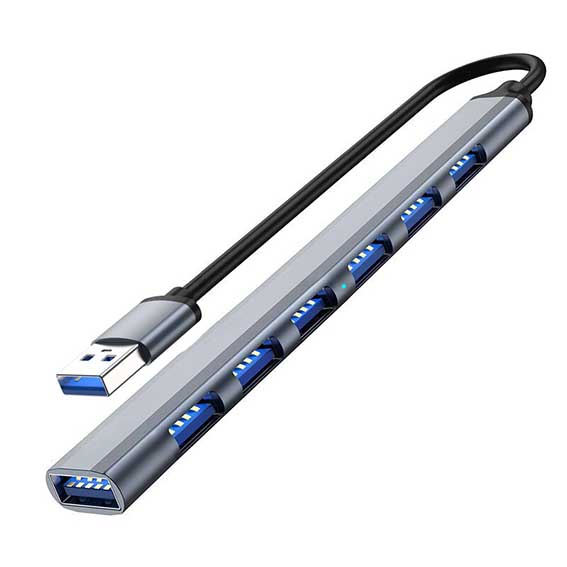
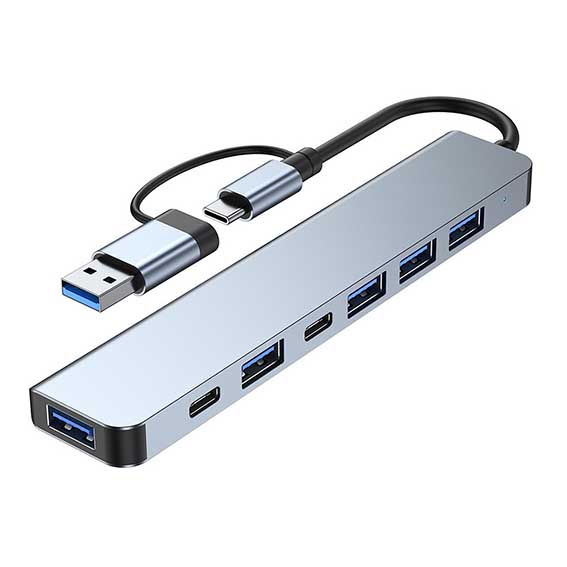
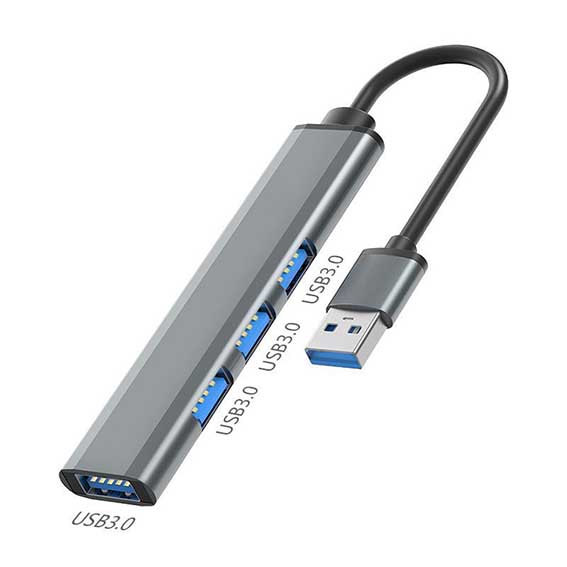
문의하기
이메일을 기다리는 중, 이내에 답변해 드리겠습니다. 12 필요한 귀중한 정보를 몇 시간 동안.
 English
English العربية
العربية Български
Български Čeština
Čeština Dansk
Dansk Nederlands
Nederlands Suomi
Suomi Français
Français Deutsch
Deutsch Magyar
Magyar Italiano
Italiano 日本語
日本語 한국어
한국어 Português
Português Română
Română Русский
Русский Slovenščina
Slovenščina Español
Español Svenska
Svenska Tiếng Việt
Tiếng Việt
